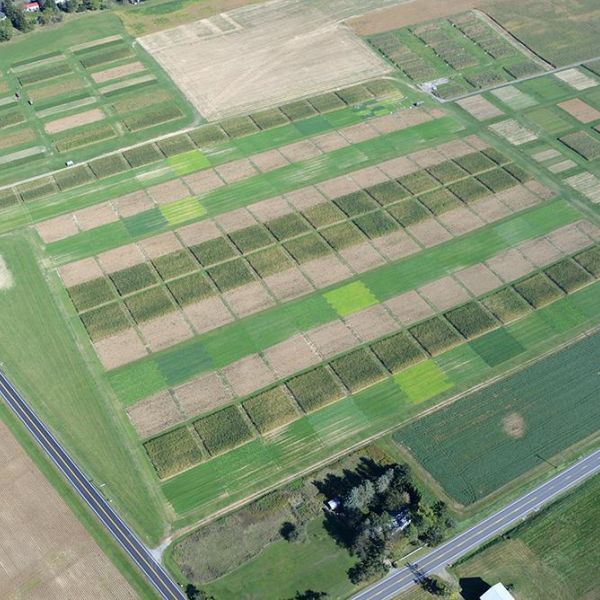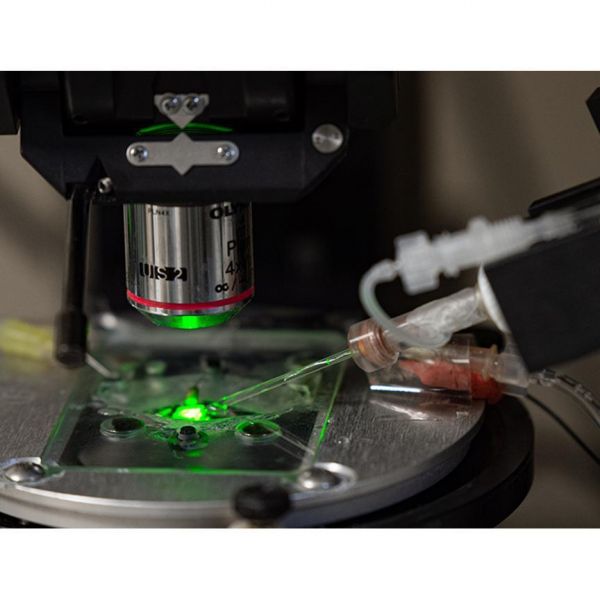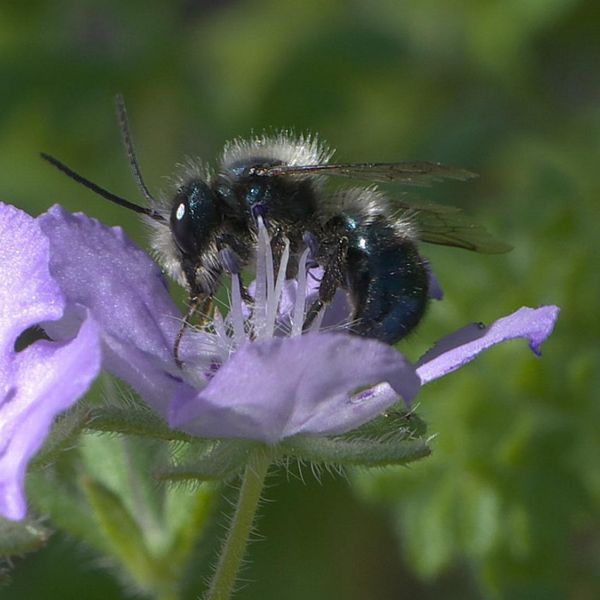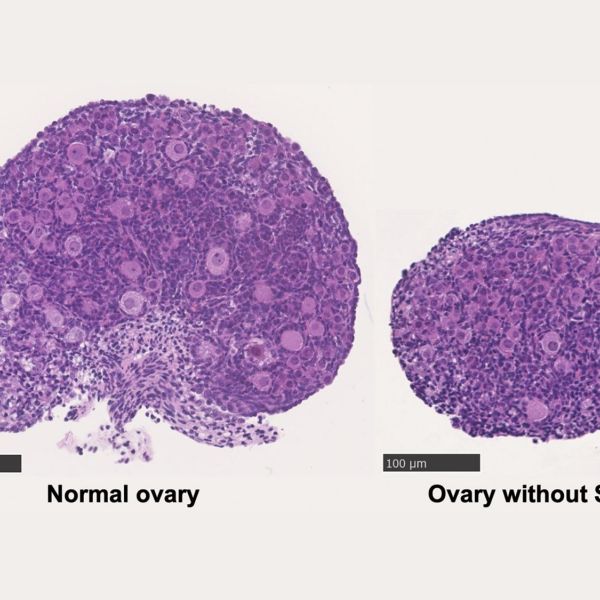News

Aug 21, 2023
Cover crops project provides fertile ground for USDA graduate fellows
Penn State College of Agricultural Sciences graduate students received more predoctoral fellowships from the U.S. Department of Agriculture than any other institution over the last five years.
Full Article

Aug 17, 2023
Uncovering the role of somatostatin signaling in the brain
New research in mice demonstrates how the signaling molecule somatostatin acts to dampen neural circuits in the prefrontal cortex and stimulate exploratory behavior.
Full Article

Aug 17, 2023
Gut bacteria variation among human social groups emerges by three months of age
Bacteria and other microorganisms that live within the human digestive tract — the gut microbiome — differ with parent-reported race and ethnicity as early as 3 months of age, according to a new study co-led by Penn State.
Full Article

Aug 16, 2023
Bee populations at risk of one-two punch from heat waves, pathogen infection
Extreme heat waves affect pollinators and the pathogens that live on them, creating a mutual imbalance that could have major economic and public health consequences.
Full Article

Aug 11, 2023
Newly identified protein function may reveal understanding of lifetime fertility
A protein in mouse ovaries regulates the formation of the ovarian follicle reserve, which comprises a mammal’s lifetime supply of egg cells and surrounding support cells, according to new study conducted by a U.S.-Canadian team.
Full Article

Aug 09, 2023
Q&A: Carbon voyage
Penn State Associate Professor of Mechanical Engineering Brian Fronk and Professor of Mechanical Engineering Jacqueline O’Connor, have received a three-year, $2 million grant from the Office of Naval Research to develop a shipboard carbon-capture system for use with naval gas turbines.
Full Article

Aug 09, 2023
Mussels inspire an eco-friendly way to extract critical rare earth elements
Rare earth elements play a key role in clean energy, vital to the production of lightweight, efficient batteries and essential components in wind turbines.
Full Article
Aug 09, 2023
College of Ag Sciences scientist receives grant to study gut homeostasis, diet
Can plants evolved to resist infection help humans do the same?
Full Article

Aug 08, 2023
Playing catch-up on weekends may not improve cardiovascular cost of sleep loss
Whether it’s work or play that prevents us from getting enough shut-eye during the week, assuming we can make up for it by sleeping in over the weekend is a mistake.
Full Article

Aug 04, 2023
Influenza shows no seasonality in tropics, posing challenges for health care
In temperate climates, like North America and Europe, flu season starts in the fall, peaks in the winter and ends in the spring.
Full Article